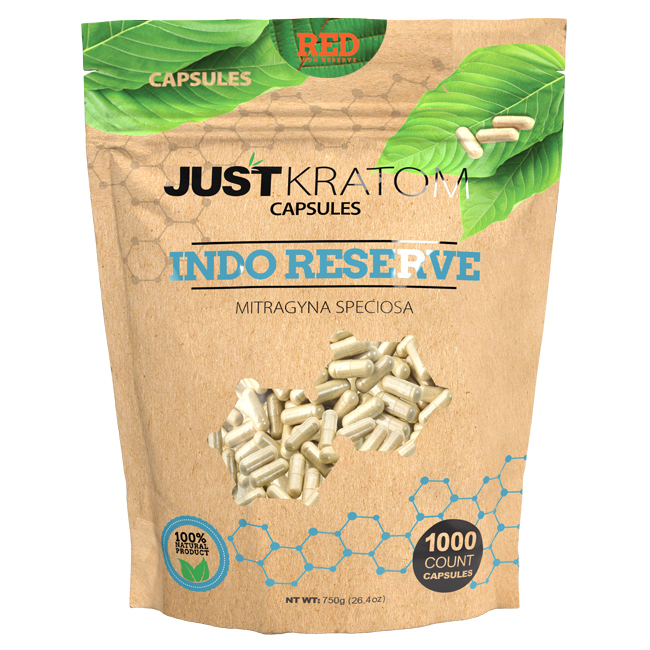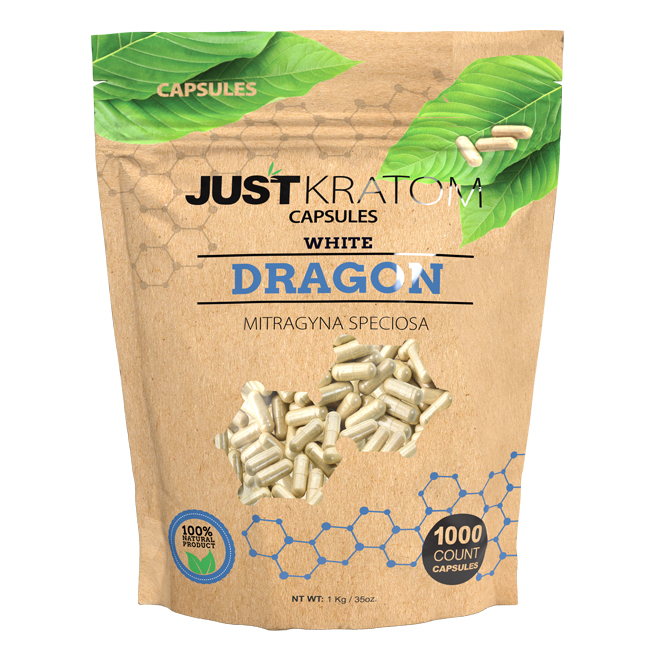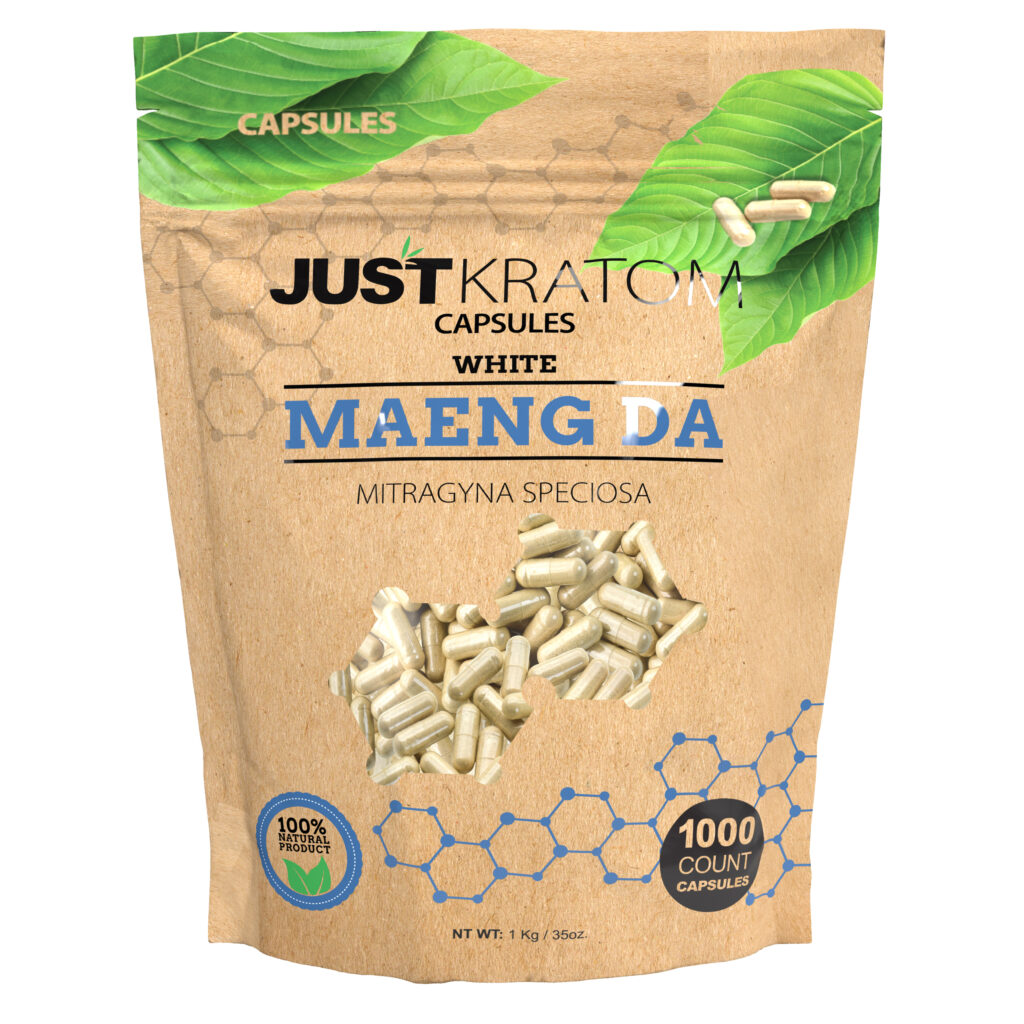Kratom Capsules vs. CBD Oil
Exploring natural pain relief options? Two popular choices are kratom capsules and CBD oil. Both offer potential benefits for managing discomfort, but their mechanisms of action and effects differ significantly. Kratom, derived from the Mitragyna speciosa tree, interacts with opioid receptors in the brain, providing pain-relieving, mood-boosting, and potentially energizing effects. CBD oil, extracted from hemp plants, works primarily by influencing endocannabinoid system receptors, offering a more targeted approach to pain management along with potential anti-inflammatory and anxiety-reducing benefits.
Pain Relief Effectiveness
While both kratom capsules and CBD oil are touted for pain relief, their mechanisms differ significantly. Kratom acts as an opioid receptor agonist, mimicking the effects of substances like morphine. This can lead to potent pain reduction, but also carries the risk of dependence and potential adverse effects such as nausea, constipation, and withdrawal symptoms.
CBD oil, on the other hand, interacts with the endocannabinoid system, which plays a role in regulating pain perception, inflammation, and mood. While research is ongoing, CBD is believed to exert its pain-relieving effects by modulating these processes without the psychoactive or addictive properties of opioids. CBD’s potential anti-inflammatory and anxiety-reducing benefits may also contribute to overall pain management.
Side Effects
Both kratom capsules and CBD oil can offer relief from pain, but they work in distinct ways and have different side effect profiles. Kratom, due to its opioid-mimicking effects, can be highly effective for pain management, but it carries a higher risk of dependence and adverse reactions such as nausea, constipation, and withdrawal symptoms.
CBD oil, acting on the endocannabinoid system, offers a more targeted approach to pain relief. While research is still evolving, CBD appears to have fewer side effects than kratom. Potential side effects of CBD can include diarrhea, fatigue, and changes in appetite. It’s essential to consult with a healthcare professional before using either kratom or CBD oil, especially if you have underlying health conditions or are taking other medications.
Legal Status
The legal status of kratom and CBD oil varies greatly depending on location. Kratom is banned outright in some countries and states, while it is legal with restrictions in others. In the United States, the FDA has not approved kratom for any medical use, and its sale and distribution are regulated at the state level.
CBD oil derived from hemp plants containing less than 0.3% THC is legal federally in the United States under the 2018 Farm Bill. However, individual states may have their own regulations regarding CBD sales and usage.

Kratom Capsules vs. Turmeric
For those seeking natural pain relief, kratom capsules and turmeric present intriguing options. Kratom capsules, derived from the Mitragyna speciosa tree, offer a potential for potent pain relief by interacting with opioid receptors in the brain. Turmeric, a spice commonly used in cooking, contains curcumin, a compound known for its anti-inflammatory properties that may help alleviate pain and discomfort.
Pain Relief Mechanisms
Kratom capsules work by mimicking the effects of opioids, binding to opioid receptors in the brain and producing pain relief. Turmeric, on the other hand, relies on its active ingredient curcumin, which has potent anti-inflammatory properties. Curcumin is believed to reduce pain by inhibiting inflammatory pathways and reducing the production of pro-inflammatory molecules.
The mechanism of action for kratom is more direct, targeting opioid receptors and directly suppressing pain signals. Turmeric’s effect is indirect, working to reduce inflammation at its source, which subsequently reduces pain perception.
Dosage and Administration
When it comes to dosage and administration, both kratom capsules and turmeric offer flexibility. Kratom capsules are typically taken orally, with dosages ranging from 2 to 10 grams per day, depending on individual needs and tolerance. It’s important to start with a low dose and gradually increase it as needed, monitoring for any adverse effects. Turmeric, on the other hand, can be consumed in various forms, including capsules, powder, or added to food. The recommended daily intake of turmeric varies depending on the form and concentration of curcumin. Generally, 500 to 1,000 milligrams of curcumin per day is considered a safe and effective dosage for pain relief.
Choosing between kratom capsules and turmeric depends on individual needs and preferences. Kratom provides fast-acting pain relief but carries potential risks of dependence and adverse effects. Turmeric offers a gentler, more natural approach to pain management with fewer side effects, but it may take longer to experience its benefits.
Potential Interactions

Kratom capsules and turmeric are both touted as natural pain relievers, but they work through different mechanisms. Kratom, derived from the Mitragyna speciosa tree, contains alkaloids that interact with opioid receptors in the brain, mimicking the effects of opioids. This can result in potent pain relief, but also carries risks of dependence and adverse effects like nausea, constipation, and withdrawal symptoms.
Turmeric, a spice commonly used in cooking, contains curcumin, a compound with potent anti-inflammatory properties. Curcumin is believed to reduce pain by inhibiting inflammatory pathways and reducing the production of pro-inflammatory molecules. Unlike kratom, turmeric does not interact directly with opioid receptors.
The potential interaction between kratom capsules and turmeric is not well-studied. It is important to consult with a healthcare professional before combining these substances, as they may influence each other’s effects or potentially interact with medications.
Kratom Capsules vs. Ginger
Exploring natural pain relief options? Two popular choices are kratom capsules and ginger. Both offer potential benefits for managing discomfort, but their mechanisms of action and effects differ significantly. Kratom, derived from the Mitragyna speciosa tree, interacts with opioid receptors in the brain, providing pain-relieving, mood-boosting, and potentially energizing effects. Ginger, a common culinary spice, contains gingerols and shogaols, compounds known for their anti-inflammatory and analgesic properties.
Anti-inflammatory Properties
Kratom capsules and ginger both show promise as natural pain relievers, but they work in distinct ways. Kratom, derived from the Mitragyna speciosa tree, acts as an opioid receptor agonist, mimicking the effects of substances like morphine. This can lead to potent pain relief but also carries risks of dependence and adverse effects such as nausea, constipation, and withdrawal symptoms. Ginger, on the other hand, works by targeting inflammation pathways in the body. Gingerols and shogaols, active compounds found in ginger, have anti-inflammatory properties that can help reduce pain and discomfort.
While kratom provides a faster onset of pain relief due to its direct action on opioid receptors, ginger’s effects may take longer to manifest as it works by modulating inflammatory processes.
The choice between kratom capsules and ginger depends on individual needs and preferences. Kratom offers potentially more potent pain relief but carries greater risks, while ginger presents a gentler, more natural approach with fewer side effects.

Other Benefits
Both kratom capsules and ginger are touted for their pain-relieving properties, but they work through different mechanisms. Kratom, derived from the Mitragyna speciosa tree, contains alkaloids that interact with opioid receptors in the brain, mimicking the effects of opioids. This can result in potent pain relief, but also carries risks of dependence and adverse effects like nausea, constipation, and withdrawal symptoms. Ginger, a common culinary spice, contains gingerols and shogaols, compounds known for their anti-inflammatory and analgesic properties.
Ginger’s active components work by targeting inflammation pathways in the body. Gingerols and shogaols have anti-inflammatory properties that can help reduce pain and discomfort. Kratom, however, provides a faster onset of pain relief due to its direct action on opioid receptors.
The choice between kratom capsules and ginger depends on individual needs and preferences. Kratom offers potentially more potent pain relief but carries greater risks, while ginger presents a gentler, more natural approach with fewer side effects.
Safety Considerations
Kratom capsules are derived from the Mitragyna speciosa tree and contain alkaloids that interact with opioid receptors in the brain. This can lead to potent pain relief, similar to opioids like morphine, but also carries risks of dependence, addiction, and adverse effects such as nausea, constipation, and withdrawal symptoms.
Ginger, a common culinary spice, contains gingerols and shogaols, compounds known for their anti-inflammatory and analgesic properties. It works by targeting inflammation pathways in the body, reducing pain and discomfort. Ginger’s effects are generally considered milder than kratom and have fewer potential side effects.
When choosing between kratom capsules and ginger for pain relief, it is important to consider individual needs, preferences, and potential risks. Kratom offers faster-acting pain relief but carries greater risks of dependence and adverse effects. Ginger provides a gentler, more natural approach with fewer side effects, although its pain-relieving effects may take longer to manifest. Consulting with a healthcare professional before using either substance is always recommended, especially if you have underlying health conditions or are taking other medications.
Purchase top Kratom capsules at Just Kratom

